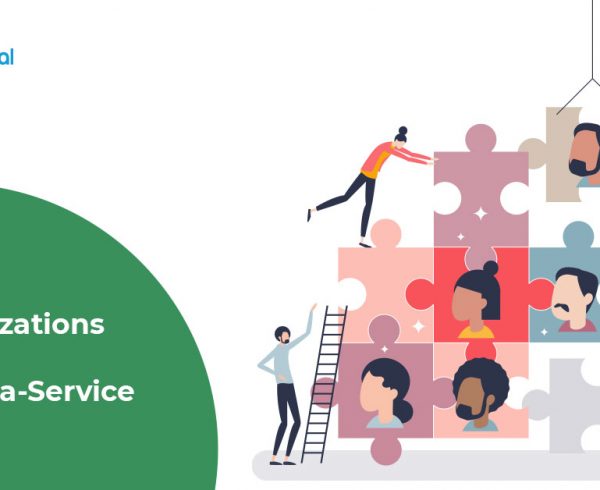Business analysis techniques are methods and tools used by business analysts to understand, analyze, and solve business problems. These techniques help business analysts to gather and analyze information, identify stakeholders’ needs, define requirements, and develop effective solutions.
Some common business analysis techniques include:
1. Brainstorming
Once the problem is identified, brainstorming is conducted. Brainstorming is a group activity where team members present and discuss their ideas as potential solutions to the problem. There can be one or more brainstorming sessions.
At the end of the brainstorming session, the team lists all the accepted ideas that would be used to solve the problem. It is generally incorporated with other techniques like SWOT and PESTLE.
2. SWOT
SWOT analysis stands for:
- Strengths: Identify the strengths and characteristics of the project or business which give it an edge over competitors.
- Weaknesses: Identify the weaknesses and characteristics of the project or business which is a disadvantage when compared to the competitors.
- Opportunities: Identify the opportunities external to the project that can improve the performance and benefit the project
- Threats: Identify external environmental factors that could be threats to the project or business.
SWOT analysis is used to evaluate the internal and external factors that may impact a business or project. Strengths and weaknesses refer to the internal factors, such as the company’s resources, processes, and capabilities. Opportunities and threats refer to external factors, such as competition, market trends, and regulatory changes. By identifying and analyzing these factors, business analysts can develop strategies to leverage the company’s strengths, address its weaknesses, seize opportunities, and mitigate threats.
3. PESTLE
The business analyst follows the PESTLE analysis to evaluate the below factors:
- Political
- Economic
- Social
- Technological
- Legal
- Environmental
This technique is similar to SWOT analysis, but it focuses on external factors only. By analyzing these factors, business analysts can gain a better understanding of the market, identify emerging trends and risks, and develop strategies to adapt to changing conditions. To get clarity on the various factors that could affect the project, BA generally combines PESTLE with the SWOT technique.
4. MoSCoW
MoSCoW is an acronym for:
- Must have
- Should have
- Could have
- Won’t have
MoSCoW is a technique used to prioritize product features and requirements based on their importance and urgency. It stands for “Must have, Should have, Could have, and Won’t have”. This technique is used to identify the most critical features and requirements of a project or product and help stakeholders agree on which requirements are essential to meet the project’s objectives.
“Must have” items are the most critical features that are essential for the success of the project.
“Should have” items are important features but not as critical as “must-have” items.
“Could have” items are features that are desirable but not necessary for the success of the project.
“Won’t have” items are the least critical features that can be considered for future releases or not included in the project at all.
By prioritizing requirements using MoSCoW, stakeholders can focus on delivering the most important features first and ensure that the project meets its objectives. This technique is very helpful to prioritize product features and requirements in order to achieve the agreed outcome.
5. Non-functional Requirements Analysis
This analysis is carried out during the analysis phase of the project. It is used in projects where the solution needs modification or has to be replaced, or developed from scratch. Non-functional requirements analysis includes the following:
- Reliability
- Logging
- Security
- Performance
Non-functional requirements analysis is a technique used during the analysis phase of a project to identify and document non-functional requirements that describe how the system should perform. Non-functional requirements are characteristics of the system that are not directly related to its functionality but are important for its performance and usability. These requirements include:
Reliability: The system’s ability to perform consistently over time and in different conditions.
Logging: The system’s ability to log and track events and user activities.
Security: The system’s ability to protect data and prevent unauthorized access.
Performance: The system’s ability to perform efficiently and respond quickly to user requests.
By analyzing non-functional requirements, business analysts can ensure that the system meets the needs of its users and performs effectively in the desired environment. It helps to ensure that the system is reliable, secure, and performs efficiently while meeting the requirements of stakeholders.
Conclusion
In conclusion, business analysis techniques are essential tools used by business analysts to understand, analyze, and solve business problems. These techniques help business analysts to gather and analyze information, identify stakeholder needs, define requirements, and develop effective solutions. There are various business analysis techniques available, including SWOT analysis, PESTLE analysis, stakeholder analysis, process mapping, data analysis, use case analysis, brainstorming, MoSCoW analysis, root cause analysis, and cost-benefit analysis.
Each technique is used to address different aspects of business analysis and can be combined to develop a comprehensive understanding of the business environment. By using these techniques, business analysts can ensure that they develop solutions that meet stakeholder needs and help organizations achieve their objectives.










